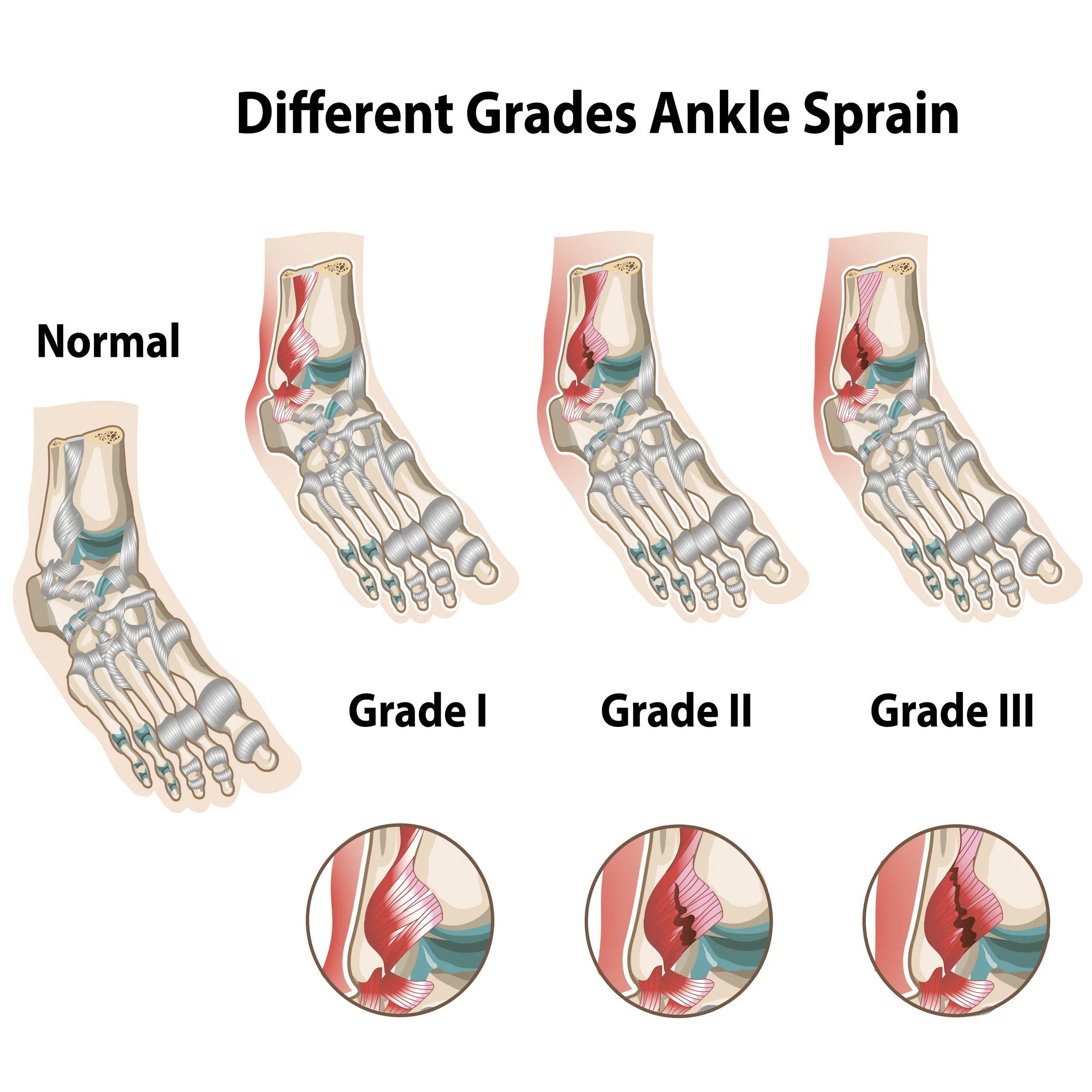Laser Therapy for Ankle Sprain
Ankle sprains are unfortunately common. In a recent review, the ankle was found to be the most common site of injury in 24 of the 70 sports studied. Not only are ankle sprains a sports injury - in the general population, the incidence of ankle sprain has been reported to be high as well.
The injury usually occurs from a sudden trauma, twisting or turning over of the ankle. Pain will be felt in the ankle joint itself although will specifically be felt on the outside of the ankle when pressing in on the damaged ligaments.
Swelling or bruising may be present but not always in the more mild cases. Pain can also be felt on the inside of the ankle from compression of bones and soft tissue.
Symptoms may vary from being very mild to very severe. With a mild sprain the most people will likely be able to continue with daily life and exercise. A very severe injury could result in hospital treatment and take longer to heal than a broken ankle.
Sprains are graded 1,2 or 3 depending on severity and your doctor will carry out a full diagnosis and assessment which will include range of motion tests and resisted movement tests to determine the structures injured and extent of the damage.
How bad is my ankle sprain?
- Grade 1 - symptoms will cause only mild pain with little or no instability. There may be some joint stiffness with difficulty walking or running but the athlete is likely to be able to play on. Some stretching or perhaps minor tearing of the lateral ankle ligaments may have happened resulting in mild swelling around the bone on the outside of the ankle.
- Grade 2 - symptoms will result in moderate to severe pain with difficulty walking. The athlete is unlikely to be able to play on and will limp. Minor bruising may be evident along with swelling and stiffness in the ankle joint. There is likely to be some instability of the joint resulting from moderate tearing of some of the ligament fibers.
- Grade 3 - usually results in a total or almost complete rupture of a ligament. Severe pain will be felt initially with lots of swelling and extensive bruising. You will experience gross instability of the joint.
Most Commonly Damaged Structures in an Ankle Sprain
The most common is an inversion sprain or lateral ligament sprain where the ankle turns over so the sole of the foot faces inwards, damaging the ligaments and other soft tissues on the outside of the ankle. The ankle can turn inwards, called an inversion sprain although this is much less common and will usually coincide with a fracture of the fibula bone in the lower leg.
The two main ligaments involved are the talofibular ligament which connects the talus bone in the ankle to the fibula bone and the calcaneofibular ligament which connects the calcaneus or heel bone to the fibula. A less severe ankle sprain will most likely result in damage to the talofibular ligament. However, more severe injuries cause stretching or tearing to the calcaneofibular ligament lower down as well.
Complications of an ankle sprain
In addition to the ligament damage there may also be damage to tendons, joint capsule, bone, cartilage and other tissues. Severely sprained ankles may result in complete ruptures of the ligaments along with dislocation and fractures of the ankle bones.
- An avulsion sprain or fracture occurs when the ligament pulls a small piece of bone away with it. This is not always obvious initially but can be suspected if the injury fails to heal.
- Osteochondral lesions which are tears of the cartilage lining the top of the talus bone are also complications of moderate to severe injuries.
If possible an X-ray should be done, particularly if the patient is unable to put weight on the foot, or it fails to heal properly over time.
Deep Tissue laser Ankle sprain treatment
Laser therapy for ankle sprains is an important part of the healing process and is used by professional athletes worldwide.
Laser therapy accomplishes several key tasks:
- increases blood flow by vasodilating local blood vessels to an area with low blood flow compared to areas of the body that are surrounded by major muscle groups. This increased blood flow brings in the nutrients necessary to repair damaged tissues and removed the damaged tissue fibers
- increasing lymphatic flow which helps to reduce local swelling
- decreases prostagladin formation which reduces pain levels
- increases endorphin production
- expedites the body's natural healing processes, which allows for quicker introduction into rehabilitation
- mild sprains can see drastic improvement in 3-5 visits
ANKLE SPRAIN KINESIOTAPING
As your ankle heals, it is important to give it as much support as possible while still allowing the ankle to move in a natural motion. As your ankle heals, scar tissue is being laid down by body 24/7.
By instilling proper function and movement in the ankle from the beginning, the scar tissue will form in a pattern more similar to the original tissue - creating a better long term prognosis.
Taping the ankle can provide support and compression post injury and later in the rehabilitation process can give support when returning to full training.
Taping can also be helpful if the ankle ligaments have suffered permanent stretching resulting in ankle instability.
Kineosiotape is a latex-free athletic tape that has been used for years. Taping your ankle allows for support of the ankle while ensuring proper function.
Rehabilitation program
Rehabilitating an ankle is imperative as it allows for a return to as close to normal function as possible. We have seen countless patients who mention they have a "bad ankle" which is usually just an ankle that has been previously injured, but never rehabbed.
After the initial acute stage which is usually 24 to 48 hours (but could be longer with a bad sprain) rehabilitation and exercises may begin although only if pain allows.
The program is based around three phases of reducing pain and inflammation, restoring normal mobility and building up strength and proprioception (or coordination of the ankle joint).
Dr. Callie Gant and Dr. Michael Buczynski founded Art of Health Chiropractic to create a happier, healthier Nashville. Feel free to call the office at 615-953-7544 with any questions or to schedule your first appointment.


